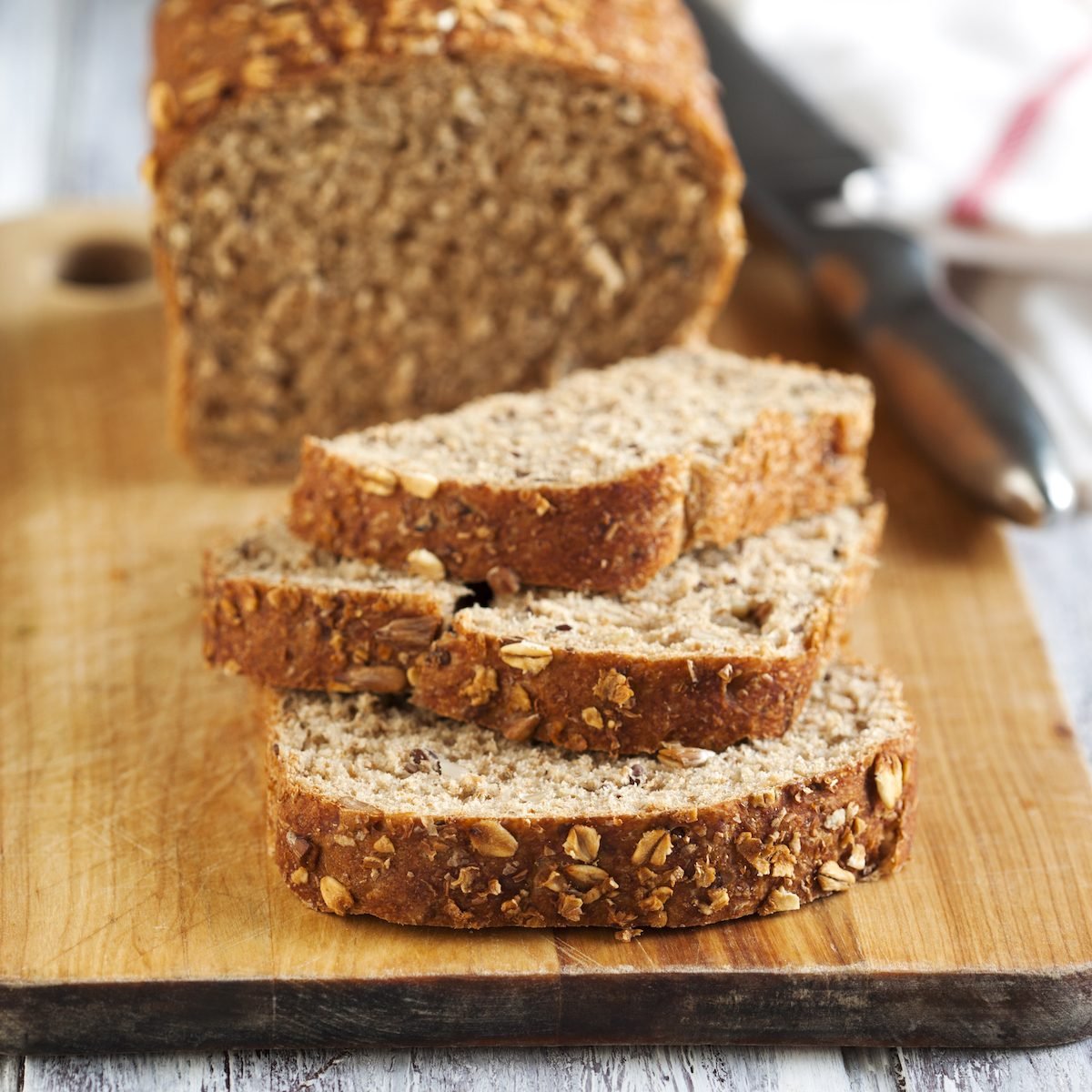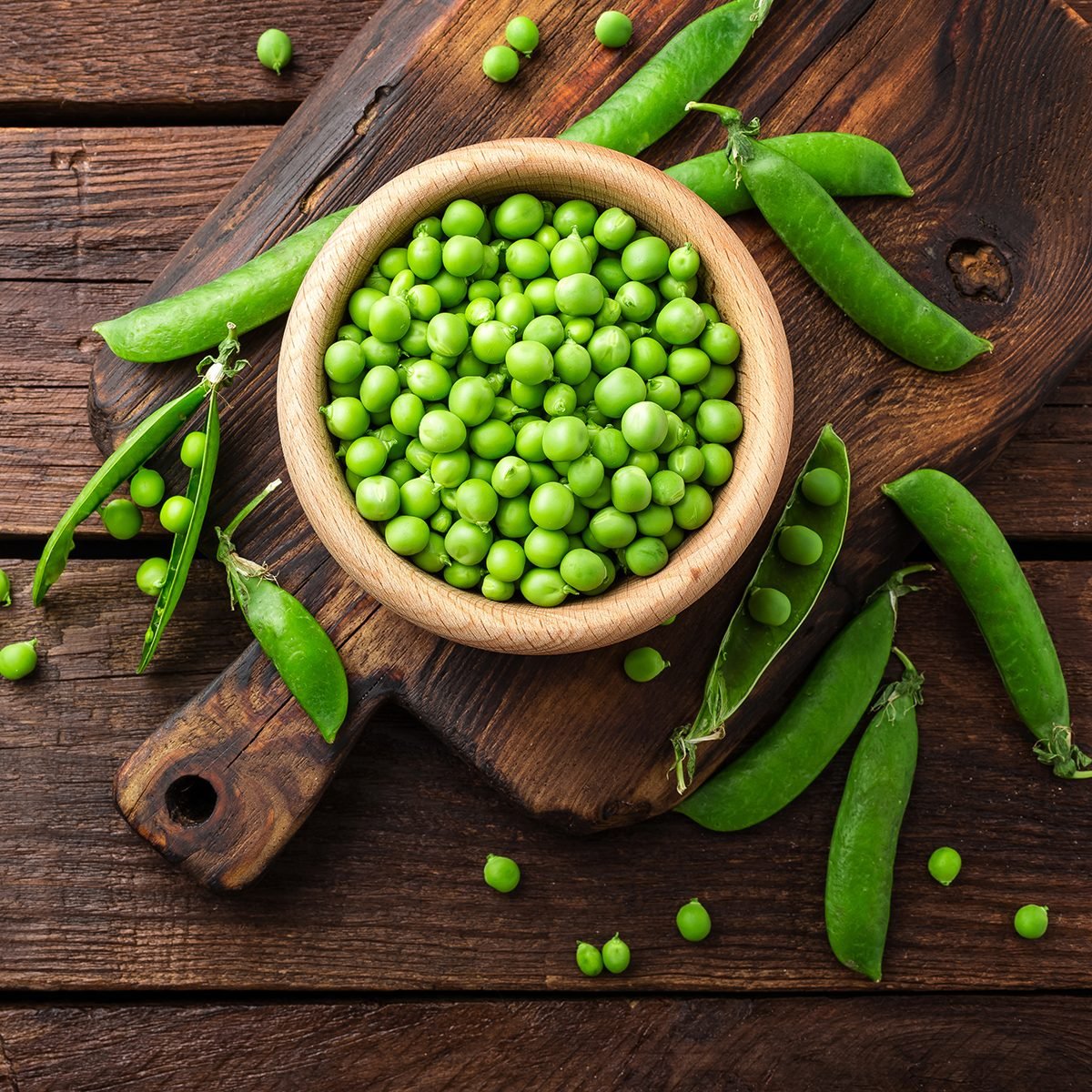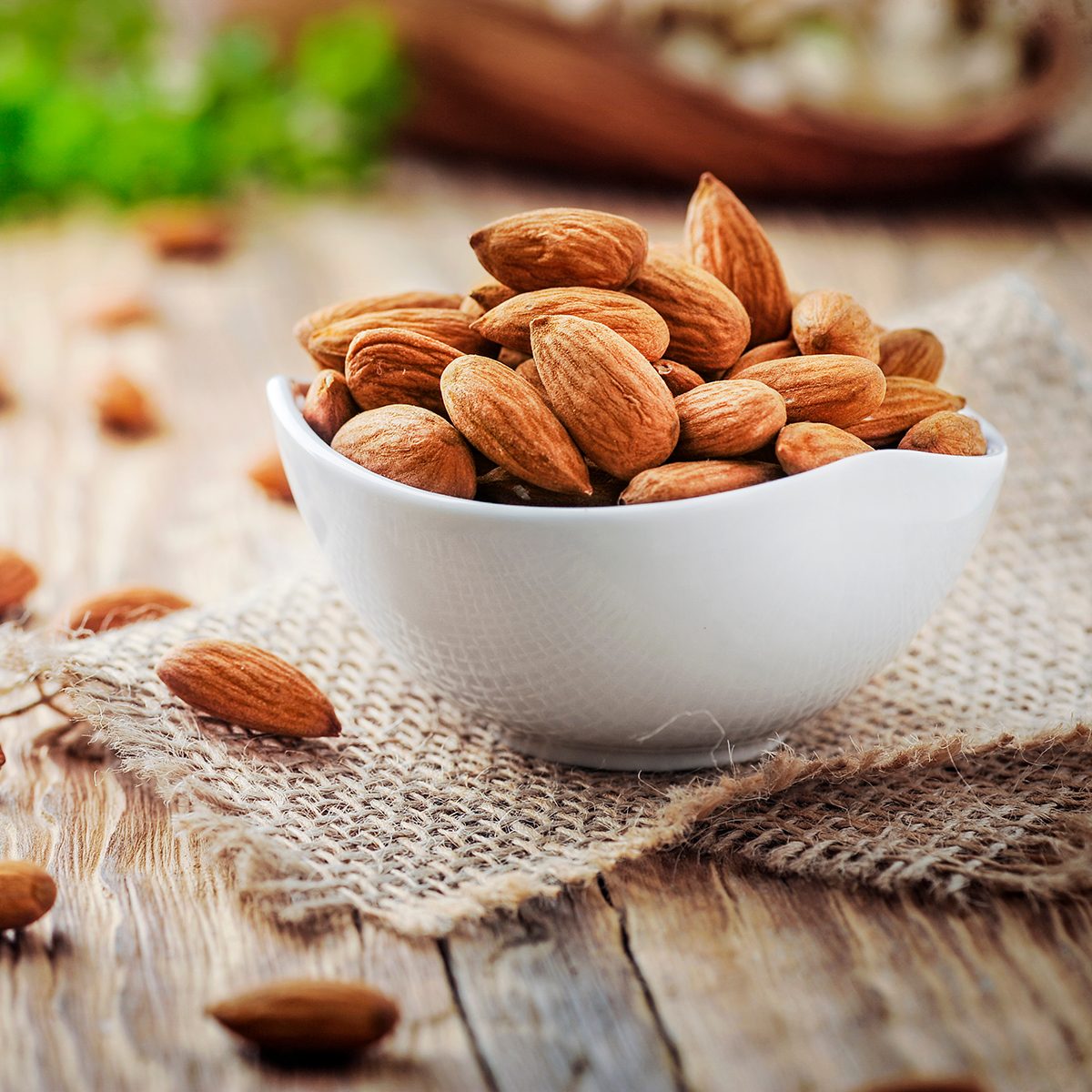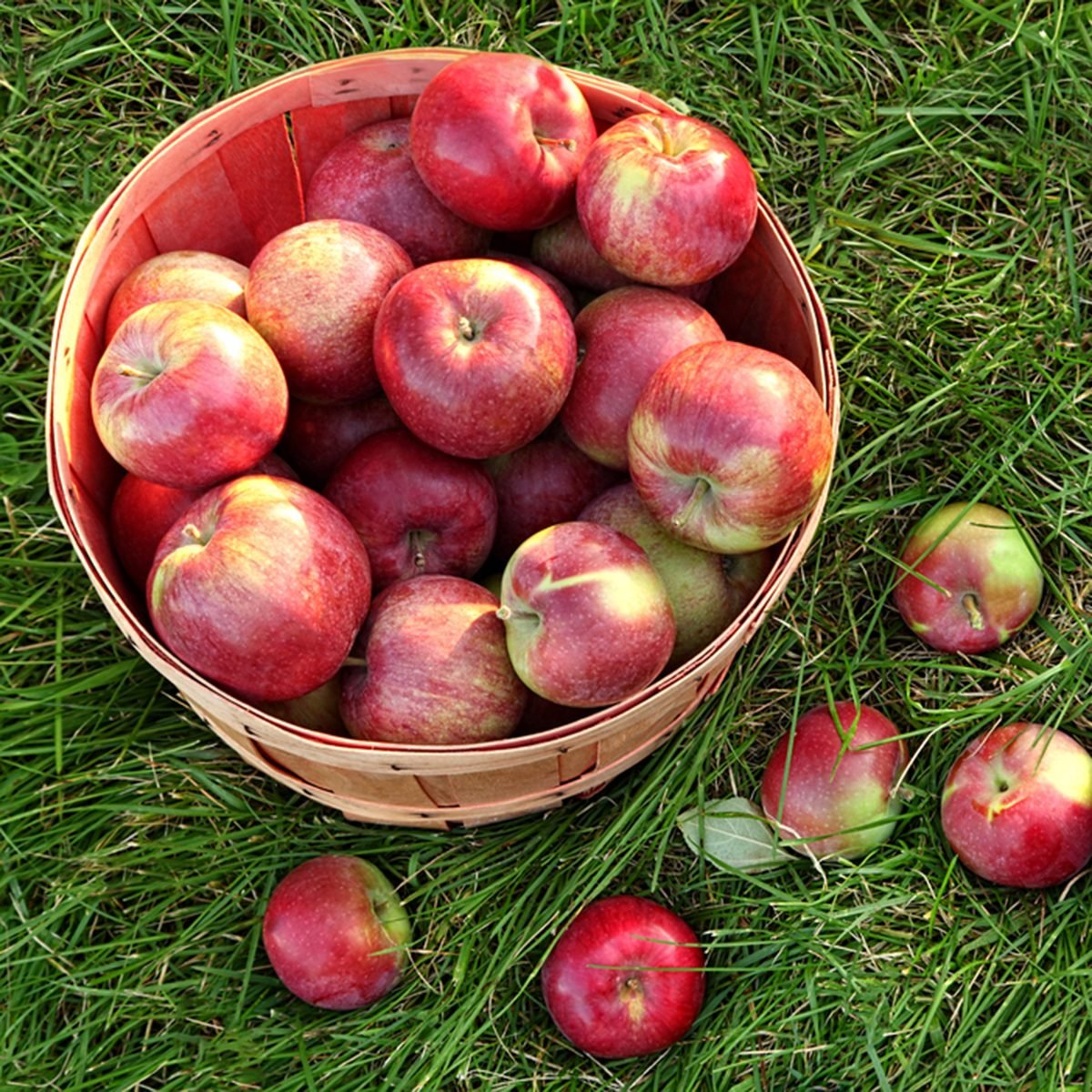
What Is Insoluble Fiber?
When it comes to fiber, there are two different types: soluble and insoluble. The soluble fiber found in oat bran, barley and some fruits and vegetables tends to absorb water and slow down digestion. The insoluble fiber in whole grains, nuts, seeds, fruits with skin and certain vegetables, on the other hand, can bulk up the stool and help it pass through your intestines faster.
But what grains, fruits and vegetables are high in insoluble fiber? The following insoluble fiber foods list will give you a starting point for what to eat.

Amaranth
Amaranth is a great way to get your fiber. It may not be a familiar choice, but it’s a seed worth getting to know. Why? A single cup of amaranth offers a whopping 20 grams of insoluble fiber! You can learn how to cook this fiber-rich grain here.

Cauliflower
Cooked cauliflower is more than a great side dish; it’s also rich in insoluble fiber. Just one cup contains almost four grams! Note that while raw cauliflower also contains insoluble fiber, the amount almost doubles when you cook it. Find clever ways to cook cauliflower.

Green Peas
Whether you work them into soups, pasta salads, smoothies or simple side dishes, peas pack a lot of fiber into your meal. Eating one cup of peas will deliver more than 15 grams of insoluble fiber. You can even start cooking with a bag of frozen peas.

Cooked Prunes
Eating cooked prunes to keep things moving is well-known enough to be a cliche. You’ll understand why when you see the fruit’s insoluble fiber content: over 12 grams in one cup of cooked, unsweetened prunes. Find more famous high-fiber foods.

Dark, Leafy Greens
You already know dark greens are good for you, but did you know they can aid digestion as well? Cooked spinach contains between four and five grams of insoluble fiber per cup, and cooked chard has at least three grams.
Learn to love leafy greens with hearty recipes starring spinach, kale, Swiss chard, collards and more.

Blackberries
When it comes to fruits with insoluble fiber, your best bet is to stick to fruits that you eat with the skin on. Fruits that need to be peeled, such as a banana, for example, may contain insoluble fiber, but not as much. A banana has insoluble fiber, but only about two to three grams of both kinds total. A better choice would be blackberries, which have more than six grams per cup!

Nuts
Many nuts make good sources of insoluble fiber. Almonds, for example, have more than 14 grams per cup, and pine nuts, 13 grams per cup. Reach for pistachios or peanuts, too. Both have over 10 grams of insoluble fiber per cup. Find healthy ways to add nuts to your diet.

Beans
Beans are another great way to up your fiber intake—especially with certain types. To get the biggest insoluble fiber bang for your buck, opt for roasted soybeans (almost 17 grams per cup) or cooked pinto beans (almost 11 grams per cup).

Unpeeled Apples
An apple a day may not keep the doctor away, but it will help you boost insoluble fiber in your diet! Eaten with the skin on, a single apple contains almost three grams. If you’re tired of the same old Red Delicious, check out this roundup of 15 unusual types of apples at the grocery store.
The post Your Go-To Insoluble Fiber Foods List for Better Digestion appeared first on Taste of Home.
Shanna Mallon